Growth of Electric and Hybrid Vehicles
The Automotive Coolant Heater Market is significantly impacted by the increasing production and sales of electric and hybrid vehicles. As these vehicles gain popularity, the need for efficient heating solutions that do not rely on traditional combustion engines becomes paramount. Electric coolant heaters are emerging as a viable alternative, providing effective cabin heating without compromising battery performance. The market for electric vehicles is projected to grow at a rate of 20% annually, indicating a substantial opportunity for coolant heater manufacturers to innovate and adapt their products to meet the specific needs of electric and hybrid vehicle owners. This shift towards electrification is likely to reshape the automotive heating landscape.
Increasing Demand for Comfort Features
The Automotive Coolant Heater Market is experiencing a notable rise in demand for enhanced comfort features in vehicles. Consumers increasingly prioritize cabin comfort, especially in colder climates, leading to a greater need for efficient heating solutions. This trend is reflected in the growing sales of vehicles equipped with advanced heating systems, which are projected to reach approximately 15 million units by 2026. As manufacturers respond to consumer preferences, the integration of automotive coolant heaters becomes essential for maintaining optimal cabin temperatures, thereby driving market growth. Furthermore, the emphasis on user experience in the automotive sector suggests that the demand for these heaters will continue to expand, as they play a crucial role in ensuring passenger comfort during winter months.
Rising Awareness of Vehicle Maintenance
The Automotive Coolant Heater Market is benefiting from a growing awareness among consumers regarding the importance of vehicle maintenance. As vehicle owners become more informed about the role of coolant heaters in engine performance and longevity, there is an increasing demand for high-quality heating solutions. This trend is reflected in the rising sales of aftermarket coolant heaters, as consumers seek to enhance their vehicles' performance and reliability. The market is expected to see a steady increase in demand, driven by the desire for improved vehicle maintenance practices. This heightened awareness is likely to encourage manufacturers to focus on producing durable and efficient coolant heaters that meet consumer expectations.
Regulatory Support for Emission Reduction
The Automotive Coolant Heater Market is influenced by stringent regulations aimed at reducing vehicle emissions. Governments worldwide are implementing policies that encourage the adoption of technologies that enhance fuel efficiency and reduce environmental impact. For instance, the introduction of emission standards has prompted manufacturers to innovate and incorporate coolant heaters that optimize engine performance while minimizing emissions. This regulatory landscape is likely to propel the market, as compliance with these standards becomes increasingly critical for automotive manufacturers. The market is projected to grow at a compound annual growth rate of 5% over the next five years, driven by the need for cleaner and more efficient vehicle heating solutions.
Technological Innovations in Heating Systems
The Automotive Coolant Heater Market is witnessing a surge in technological innovations that enhance the efficiency and effectiveness of heating systems. Advancements such as the integration of smart technology and improved materials are enabling manufacturers to develop more compact and lightweight coolant heaters. These innovations not only improve performance but also contribute to overall vehicle efficiency. The market is expected to benefit from the introduction of next-generation heating solutions that utilize advanced thermal management systems. As these technologies become more prevalent, they are likely to attract consumer interest, further driving the demand for automotive coolant heaters in the coming years.


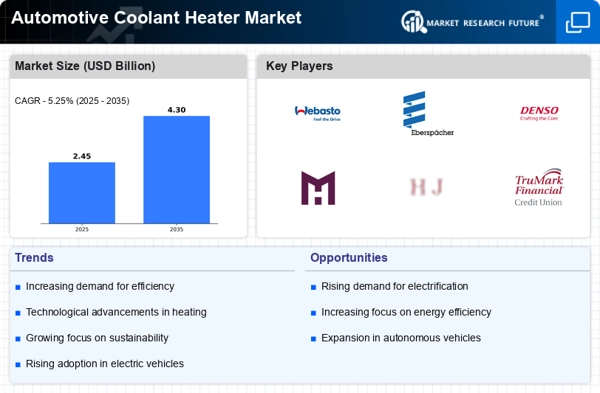


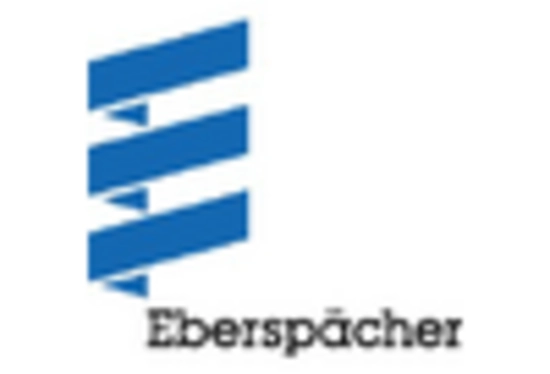

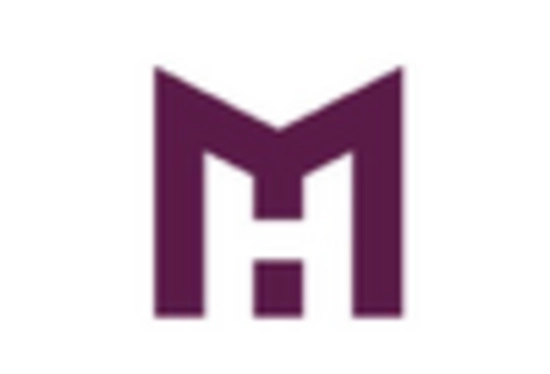
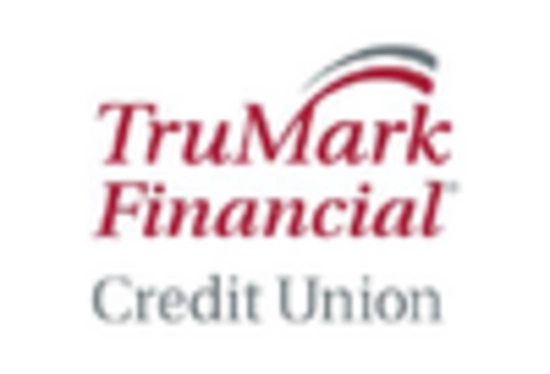
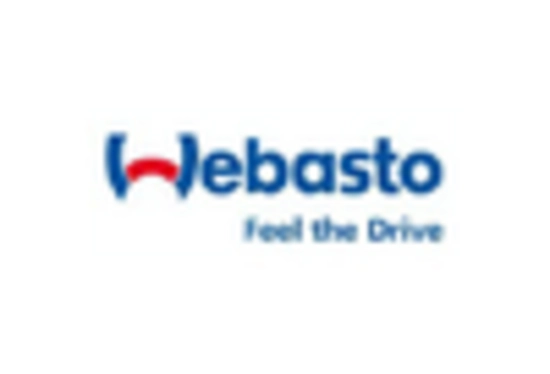








Leave a Comment